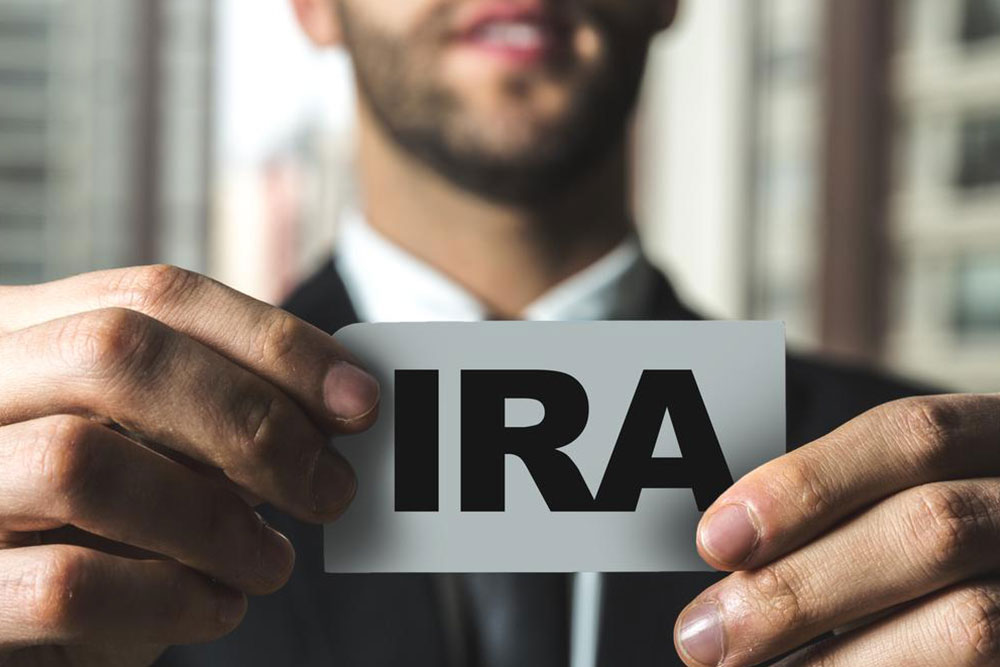Understanding your Rollover IRA options
An Individual Retirement Account (IRA) is a portfolio of financial products like stocks, bonds, mutual funds, and retirement savings accounts. IRA is an investing tool for retirement that is used to save and earmark funds for various investment purposes to financially secure your future. Contributions can be made to four popular types of IRA’s including traditional, Roth, Simple, and SEP IRAs.
Rollover IRA accounts, on the other hand, allow you to transfer assets from your old individual retirement account. In case you change your job or retire, a rollover IRA makes it possible for you to transfer your retirement funds from an employer-sponsored plan like a 401(k) to any traditional account.

Tax saving on deferred income is one of the main benefits of a rollover retirement plan distribution. The tax is applicable only on withdrawals and not on the amount accumulated.
Three modes of rollover
Direct Rollover
An administrator initiates the rollover option from your old employer-sponsored account to any retirement plan of IRA you nominate. Generally, assets are transferred into a traditional IRA account, and there will be no taxes withheld from the transfer.
Trustee transfer
The trustee-to-trustee rollover IRA transfer is very much similar in operation to that of a direct rollover. The financial institution responsible for your accumulated funds initiates the transfer to any account you nominate to build your future nest egg.
60-day rollover
For direct payments, you can deposit the lump sum or part of the receipts from your old account into a new retirement plan within 60 days. Taxes will be withheld from the transfer.
The Internal Revenue Service allows a single rollover IRA per year from the same account. Exceptions include rollover IRA from a traditional account to a Roth IRA, trustee transfer to other IRA, IRA to plan rollovers, plan to IRA rollovers, and plan to plan rollover IRAs.
You must evaluate your choices wisely and decide between two favorable options that include traditional and Roth IRAs for a complete rollover. If you plan on managing investments by yourself, hire an online broker to facilitate the same. The alternative is to hire a robo-advisor for account management. Robo advisor is a computer software that uses algorithms and prediction patterns to determine the best investment choices for your portfolio.

